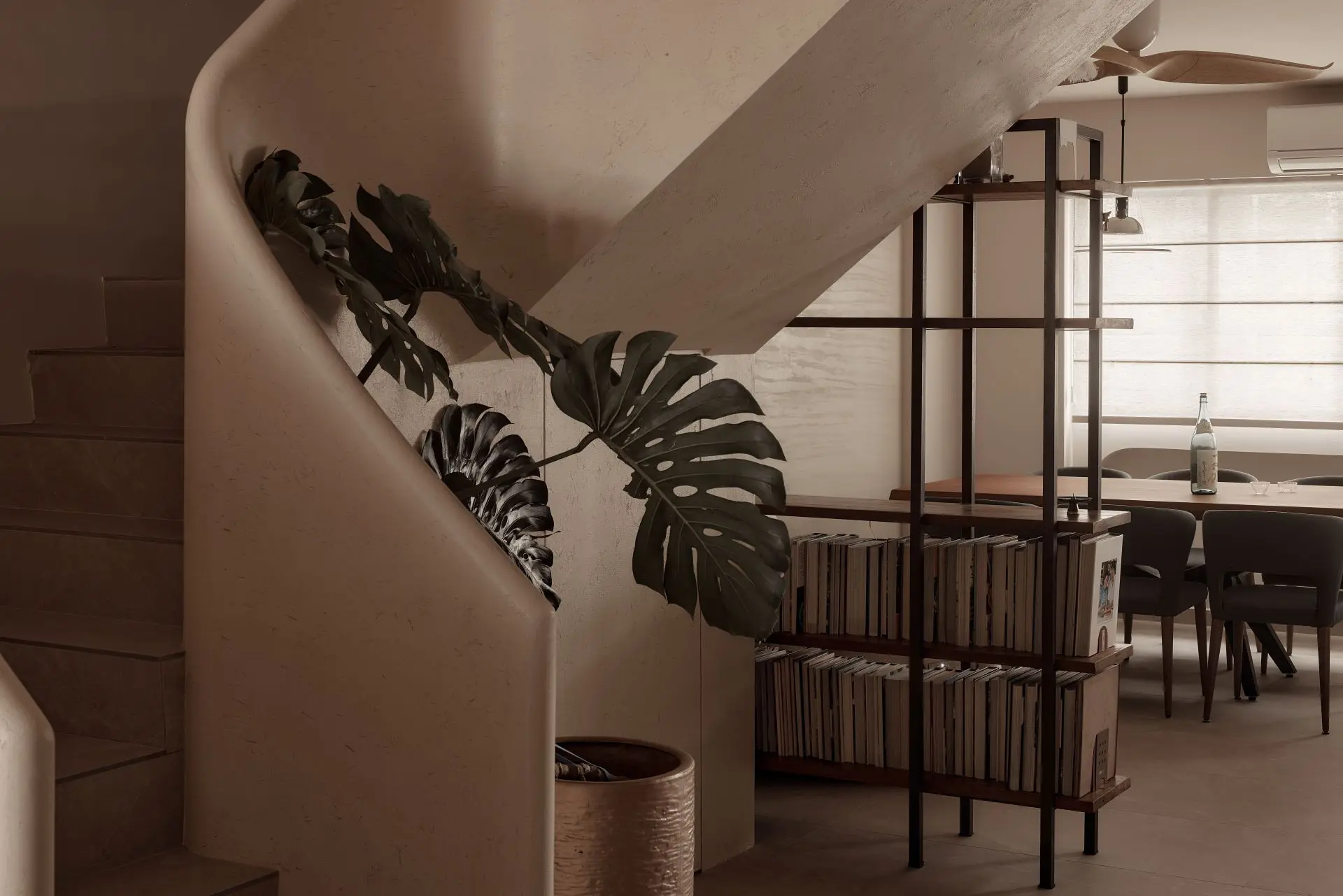Timeless design principles serve as the foundation for creating spaces that endure the test of time, both aesthetically and functionally. At the core of these principles is the idea that good design transcends fleeting trends and fads, focusing instead on elements that resonate with human experience and comfort. A key aspect of timeless design is balance; it involves harmonizing various elements such as color, texture, and form to create a cohesive environment.
For instance, a well-proportioned room that balances large furniture pieces with smaller decorative items can evoke a sense of tranquility and order, making it inviting and comfortable. Another essential principle is the use of scale and proportion. Understanding how different elements relate to one another in size can significantly impact the overall feel of a space.
For example, a large sectional sofa may dominate a small living room, making it feel cramped and unwelcoming. Conversely, a carefully chosen coffee table that complements the sofa’s scale can enhance the room’s functionality while maintaining an open and airy atmosphere. By adhering to these timeless design principles, one can create spaces that not only look beautiful but also foster a sense of well-being and harmony.
Key Takeaways
- Timeless design principles focus on simplicity, balance, and harmony
- Classic and versatile furniture pieces can adapt to different styles and trends
- Quality materials and finishes ensure durability and longevity of furniture
- Neutral color palettes create a timeless and elegant aesthetic
- Vintage and antique accents add character and charm to a space
Choosing Classic and Versatile Furniture
When selecting furniture for a timeless design, opting for classic and versatile pieces is crucial. Classic furniture often features clean lines, elegant silhouettes, and enduring styles that can adapt to various design aesthetics. For instance, a mid-century modern chair with its sleek profile can seamlessly fit into both contemporary and traditional settings.
This versatility allows homeowners to change their decor over time without needing to replace their furniture, making it a wise investment. Moreover, choosing furniture that serves multiple purposes can enhance the functionality of a space while maintaining its aesthetic appeal. A beautifully crafted ottoman can function as both a footrest and additional seating when needed.
Similarly, a dining table with extendable leaves can accommodate intimate dinners or larger gatherings without compromising on style. By prioritizing classic and versatile furniture, one can create a living environment that remains relevant and functional for years to come.
Incorporating Quality Materials and Finishes
The choice of materials and finishes plays a pivotal role in achieving a timeless design. High-quality materials not only enhance the aesthetic appeal of furniture but also contribute to its durability and longevity. For example, solid wood furniture pieces, such as oak or walnut tables, offer both beauty and strength, ensuring they withstand daily use while developing a rich patina over time.
In contrast, lower-quality materials may wear out quickly or lose their charm, leading to frequent replacements that disrupt the cohesive look of a space. In addition to wood, incorporating natural materials like stone, leather, and metal can elevate the overall design. A marble countertop in the kitchen or a leather sofa in the living room adds an element of sophistication while providing tactile richness.
Finishes also matter; opting for matte or satin finishes can create a more timeless look compared to high-gloss surfaces that may feel dated as trends change. By focusing on quality materials and finishes, one can create an environment that exudes elegance and stands the test of time.
Embracing Neutral Color Palettes
| Neutral Color Palette | Benefits |
|---|---|
| Creates a calming atmosphere | Reduces stress and promotes relaxation |
| Enhances natural light | Makes rooms appear brighter and more spacious |
| Provides versatility | Easy to mix and match with other colors and decor |
| Timeless and classic | Does not go out of style and suits various design styles |
Neutral color palettes are often synonymous with timeless design due to their versatility and ability to create a serene atmosphere. Shades such as beige, gray, taupe, and soft whites provide a calming backdrop that allows other design elements to shine without overwhelming the senses. For instance, a living room painted in a warm beige can serve as a canvas for colorful artwork or vibrant textiles, allowing these accents to take center stage while maintaining an overall sense of harmony.
Furthermore, neutral colors have the added benefit of being adaptable to changing trends. As personal tastes evolve or new design trends emerge, neutral walls can easily accommodate new decor styles without requiring a complete overhaul. This adaptability makes it easier for homeowners to refresh their spaces with minimal effort.
By embracing neutral color palettes, one can create an inviting environment that feels timeless yet remains open to personal expression.
Adding Vintage and Antique Accents
Incorporating vintage and antique accents into modern spaces is an effective way to infuse character and history into a design scheme. These pieces often tell stories of their own, adding depth and interest to an otherwise contemporary setting. For example, an antique side table or a vintage mirror can serve as focal points in a room, drawing attention while providing a sense of nostalgia.
The juxtaposition of old and new creates visual intrigue and prevents spaces from feeling overly curated or sterile. Moreover, vintage items often feature craftsmanship that is hard to find in contemporary mass-produced pieces. Hand-carved details or unique patinas can add layers of texture and personality to a space.
When selecting vintage accents, it’s essential to consider how they complement existing furniture and decor; this ensures that they enhance rather than clash with the overall design aesthetic. By thoughtfully integrating vintage and antique accents, one can create a layered look that feels both timeless and personal.
Focusing on Functional and Practical Layouts
A well-thought-out layout is fundamental to achieving both functionality and aesthetic appeal in any space. Timeless design prioritizes practicality without sacrificing style; this means considering how people will move through and use the space daily. For instance, in an open-concept living area, arranging furniture to facilitate conversation while allowing for easy movement creates an inviting atmosphere where family and friends can gather comfortably.
In addition to flow, functional layouts also consider the specific needs of the inhabitants. A family with young children may require durable furniture that withstands wear and tear while providing ample storage solutions for toys and games. Similarly, a home office layout should promote productivity by minimizing distractions and ensuring easy access to necessary tools and resources.
By focusing on functional and practical layouts, one can create spaces that not only look beautiful but also serve their intended purpose effectively.
Avoiding Trendy and Fad Decor
While it can be tempting to incorporate trendy decor elements into a design scheme, doing so often leads to spaces that feel dated within a short period. Timeless design emphasizes the importance of selecting decor that has enduring appeal rather than succumbing to fleeting trends that may quickly lose their charm. For example, while bold geometric patterns may be popular one season, they could feel out of place just a few years later.
Instead, opting for classic patterns like stripes or florals can provide visual interest without risking obsolescence. Additionally, avoiding overly thematic decor helps maintain a sense of sophistication in design. A room filled with themed accessories may initially seem fun but can quickly become overwhelming or kitschy over time.
Instead, curating decor that reflects personal style while remaining grounded in timeless principles allows for greater flexibility as tastes evolve. By steering clear of trendy and fad decor, one can cultivate an environment that feels authentic and enduring.
Investing in Long-lasting and Sustainable Pieces
In today’s world, where sustainability is increasingly important, investing in long-lasting pieces is not only beneficial for personal aesthetics but also for the environment. High-quality furniture made from sustainable materials not only reduces waste but also supports ethical manufacturing practices. For instance, choosing furniture crafted from reclaimed wood not only adds character but also minimizes the demand for new resources while preserving forests.
Moreover, investing in durable pieces means fewer replacements over time, which contributes to less waste in landfills. A well-constructed sofa made from high-quality materials will last for years if properly cared for, making it a more sustainable choice than cheaper alternatives that may need replacing every few years. By prioritizing long-lasting and sustainable pieces in home design, individuals can create beautiful spaces that reflect their values while contributing positively to the planet’s future.
If you are looking to elevate your home style with contemporary interior design, you should check out this comprehensive guide that provides valuable insights and tips on creating stunning spaces. Another interesting read is about the loft builder, which explores how to transform your living space into a modern and stylish loft. These articles offer great inspiration and ideas for enhancing your home interior design.








